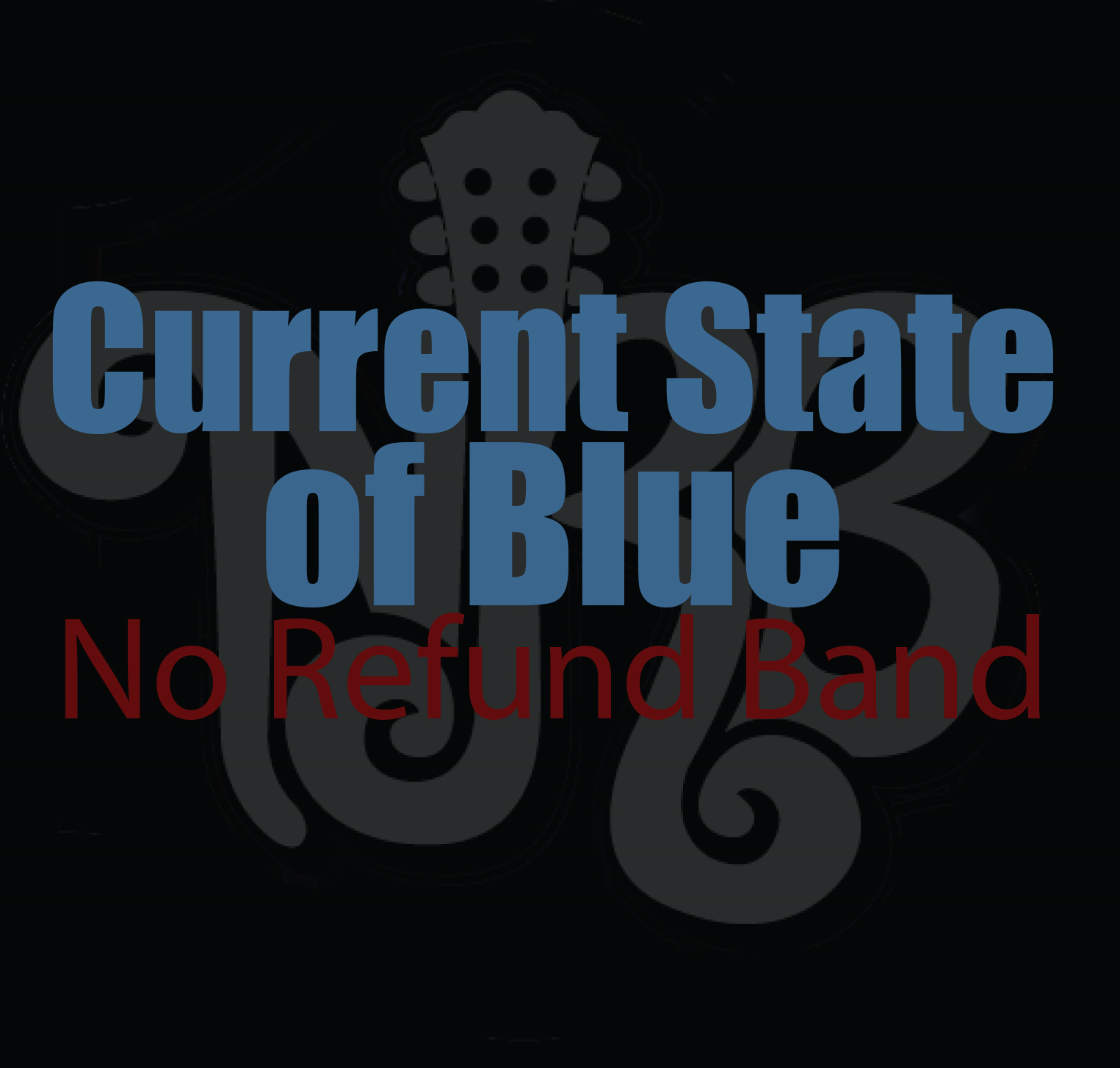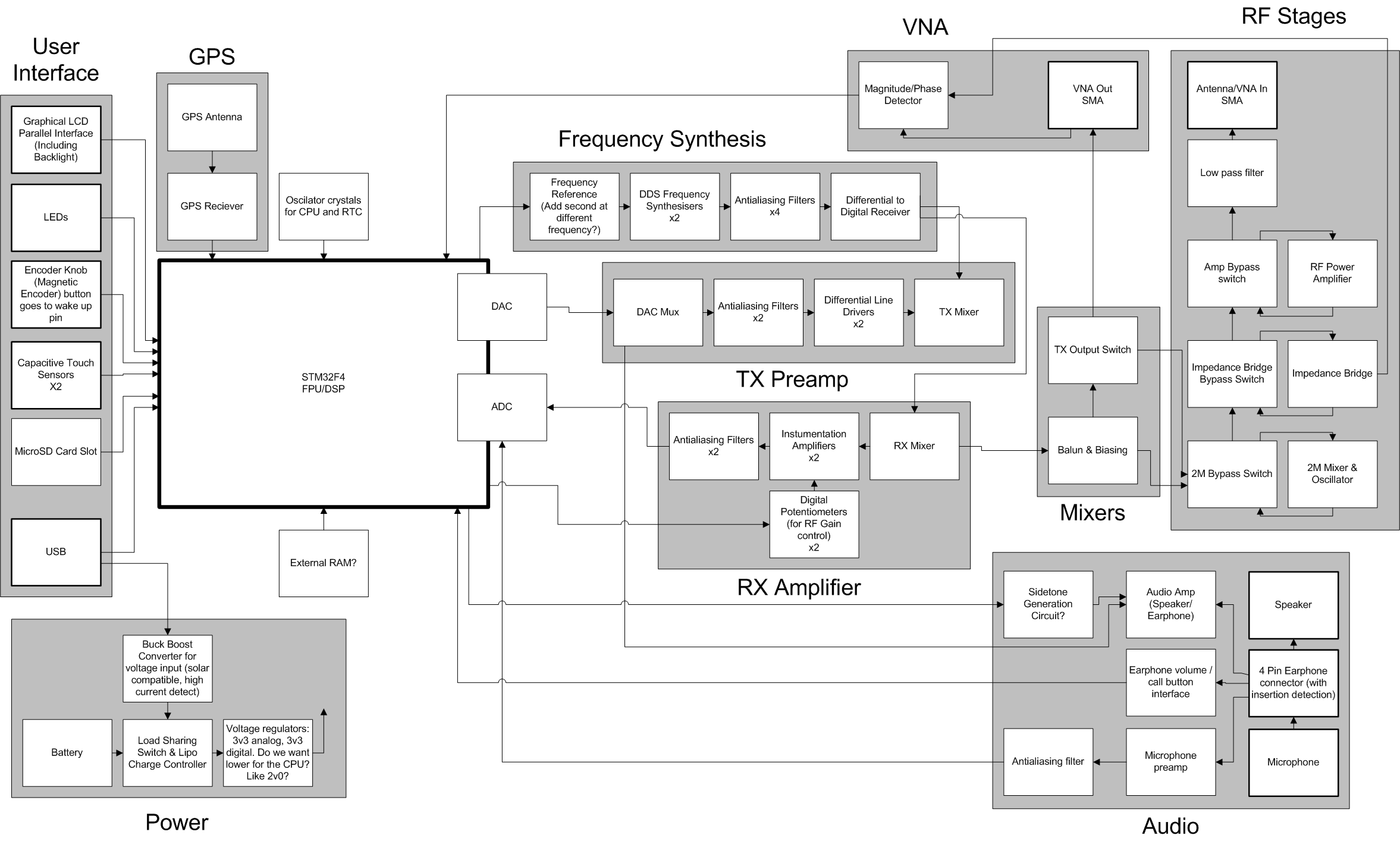 SatNOGS
SatNOGS
I remember reading something about this on the Southgate ARC news a while ago. When I tried to find it I couldn’t. Thanks to Hackaday.io I found it again.
So what is it. The website has some big ideas on it but, to me it is a homebrew, simple Az El rotator using open source software and 3D printed parts. Something that, funding willing, I will be able to do over the winter. Info on availability seems a bit scarce but I’ve emailed regarding PCB’s.
Here’s a few links and a video
Alex Hill, G7KSE, is a regular contributor to AmateurRadio.com and writes from Cumbria, UK. Contact him at g7kse@yahoo.co.uk.
 My Band’s New CD
My Band’s New CD
So if you are a Blues fan, give the CD a listen. It is available on iTunes, Amazon and most digital outlets.
Website: www.norefundband.com
Twitter: @norefundband
FB: www.facebook.com/norefundband
Back to regular programming.
Mike Crownover, AD5A, is a regular contributor to AmateurRadio.com and writes from Texas, USA. Contact him at ad5a@gvtc.com.
 PSK on 20 meters today
PSK on 20 meters today
Turned the PRC-104 on today while I was out and left it on spotting signals.
I was using a 3 element yagi pointed South during the 6 hour period.
The radio in use was my PRC-104 military manpack using a signalink USB and Acer notebook.
The following screenshots show the stations that were heard at my location in EN58hh, or Thunder Bay, Ontario.
Fred Lesnick, VE3FAL, is a regular contributor to AmateurRadio.com and writes from Thunder Bay Ontario, Canada. Contact him at ve3fal@tbaytel.net.
 November Hike to Knox Mountain
November Hike to Knox Mountain
Hanz W1JSB and I hiked to the cabin at Knox Mountain this afternoon. We set up a 20 meter dipole as a vertical and worked London, Ontario on SSB and Guadeloupe on CW.
The first bridge has nearly collapsed. Two out of the four main timbers have fallen into the brook. We took a chance and scampered across the far north end of the bridge which still has some cross-boards attached. We went one-at-a-time and made it safely across. My guess is… the bridge won’t be here in the spring.
We had a grand time hiking to the pond. We hadn’t seen each other since sometime in July. At several spots along the trail, we could see where a bear had scraped up the earth, perhaps in search of food below.
The pond is always a beautiful sight after the darkness of the woods.
We had brought two rigs and one antenna. Hanz had his Norcal Cascade, an SSB rig set up on 20 meters. I had the little DSW by Small Wonders Labs.
We tossed a line over a 40 foot branch on the wild cherry tree behind the cabin and set up the dipole as a vertical. The bottom end was weighed down with a water bottle.
Hanz took the first turn.
There were plenty of stations to choose from. VE3LHU was calling CQ from London, Ontario and had a very strong signal. David answered and gave Hanz a 56. “You’re doing a fine job with 3 watts,” he sent. With that Hanz handed the antenna to me.
I went down toward the bottom of the band and right away heard TO10RR in Guadeloupe calling CQ. He had a hard time copying me on the first call, but came back on the second. We exchanged quick 599s and I considered myself lucky to have made the contact. Right away a large pileup formed. Had I waited, I would have missed the QSO for sure.
By now the shadows were lengthening and we were anxious to get back before dark. We couldn’t have had a better outing… it was 52F, and perfectly pleasant for a great radio adventure and hike.
Jim Cluett, W1PID, is a regular contributor to AmateurRadio.com and writes from New Hampshire, USA. Contact him at w1pid@amsat.org.
 The Spectrum Monitor — November, 2014
The Spectrum Monitor — November, 2014
Stories you’ll find in the November, 2014 edition:
TSM Scanner Buyer’s Guide 2014
By Chris Parris
Are you interested in buying your first scanning radio, or are you planning on adding a newer model with the latest features to your radio room? The current choices of scanning receivers available today offer a wide range of features and capabilities that have not been seen in the consumer market previously. TSM Federal Wavelengths columnist, Chris Parrish looks at some of the better scanners on offer today.
TSM Review Follow-up: Uniden 563 HP – Six Months Later
By Chris Parris
In April Chris acquired his Uniden BC-536 HP scanner and published a review of it in the May 2014 edition of The Spectrum Moni-
tor. At the time, he had not had a chance to truly explore all of the capabilities and potential that this new Uniden scanner offered. But, over the last six months he dove into the radio’s Dynamic Memory Architecture (DMA) and discovered how it can be useful for someone who travels around various regions of the country.
TSM Radio Buyer’s Guide: “Round up of Amateur HF Transceivers,” and Price Guide: “The Good, the Better, the Pricey”
By Kirk A. Kleinschmidt NT0Z
It’s a fantastic time to buy an HF transceiver: Features are up, RF performance has never been better and, adjusted for inflation, prices have never been better. But, the radio technology we’ve depended on for the past 50 years has passed the performance baton to software-defined radio (SDR). And there’s really no going back.
TSM Shortwave Radio Buyer’s Guide: Portable, Tabletop and SDRs
By Thomas Witherspoon K4SWL
Although many large government shortwave broadcasters are departing the shortwave radio scene, there’s no shortage of great prod
ucts being introduced to it. Indeed, growth in the portable and SDR (software defined radio) markets is reasonably rapid. This suggests, perhaps, a new kind of future for shortwave. Thomas Witherspoon looks at all of the best sets in each category.
TSM Reviews: Elad FDM-S2 Software Defined Shortwave Radio
By Thomas Witherspoon K4SWL
At this year’s Dayton Hamvention, Thomas Witherspoon made a point of checking out Italian radio manufacturer Elad’s SDRs, He
found himself interested in the FDM-S2 receiver as he instantly liked the GUI (graphical user interface), the features, and the specifications of this model. Elad provided a demo unit for review and Thomas gives you plenty of reasons to consider the Elad FDM-S2 for your listening post.
P25 for Hams: Amateur Radio and Project 25
By Cory GB Sickles WA3UVV
Association of Public-Safety Communications Officials International Project 25, known also as “APCO 25” or “Project 25,” has been around since 1989. But, for some reason, P25 hasn’t been covered all that much within ham radio publications. Even the ARRL’s “VHF Digital Handbook” has only four pages of its seven chapters dedicated to it. Once you read this article, Cory hopes you’ll be motivated to start exploring P25 as another interesting digital voice methodology on the air.
Linkbox 8000 Local Premium FTA Receiver has Terrestrial Advantage
By Ken Reitz KS4ZR
With the loss of the Manhattan RS-1933 receiver, is there a replacement Free-to-Air satellite TV receiver? Yes! But, the Linkbox 8000 Local Premium FTA receiver is even better; it has added local Over-the-Air digital TV reception to an already packed list of features.
The Spectrum Monitor is available in PDF format which can be read on any desktop, laptop, iPad®, Kindle® Fire, or other device capable of opening a PDF file. Annual subscription (12 issues, beginning with the January 2014 issue) is $24. Individual monthly issues are available for $3 each.
Ken Reitz, KS4ZR, is publisher and managing editor of The Spectrum Monitor. Contact him at editor@thespectrummonitor.com.
 Ouch and PortableSDR
Ouch and PortableSDR
Two things have happened over the last week. The first was that after what must be 10 years I had a decent crash on my mountain bike. Nothing too bad, just a reminder that I’m not 16 any more and that duckboards have 2 parts. One part grippy, one part slippy. The grippy bit is for the tyres not hands, kness, elbows and shoulders. The slippy bits are not for tyres. Enough of that though.
This forced lay off has had me googling rather than building stuff (that occasionally works) and I found what looks like a nice idea. From the video it looks like a simple, portable qrp hf transceiver. There isn’t much detail on the functionality but a quick dig revealed gerbers etc so a build-it-yourself could be on the cards. Without further ado, take it away Mr Colton
There’s a bit more detail here a the hackaday.io project page and a block diagram below
Alex Hill, G7KSE, is a regular contributor to AmateurRadio.com and writes from Cumbria, UK. Contact him at g7kse@yahoo.co.uk.
 Kanga Kits UK
Kanga Kits UK
See http://www.kanga-products.co.uk/ .
Kanga is one of the classic names in QRP kits both in the UK and the USA. They make some fine products at quite reasonable prices. Shown below (linked from their website) is their OpenQRP transceiver.
 |
| http://www.kanga-products.co.uk/index.php?option=com_content&view=article&id=76&Itemid=78 |
Roger Lapthorn, G3XBM, is a regular contributor to AmateurRadio.com and writes from Cambridge, England.























